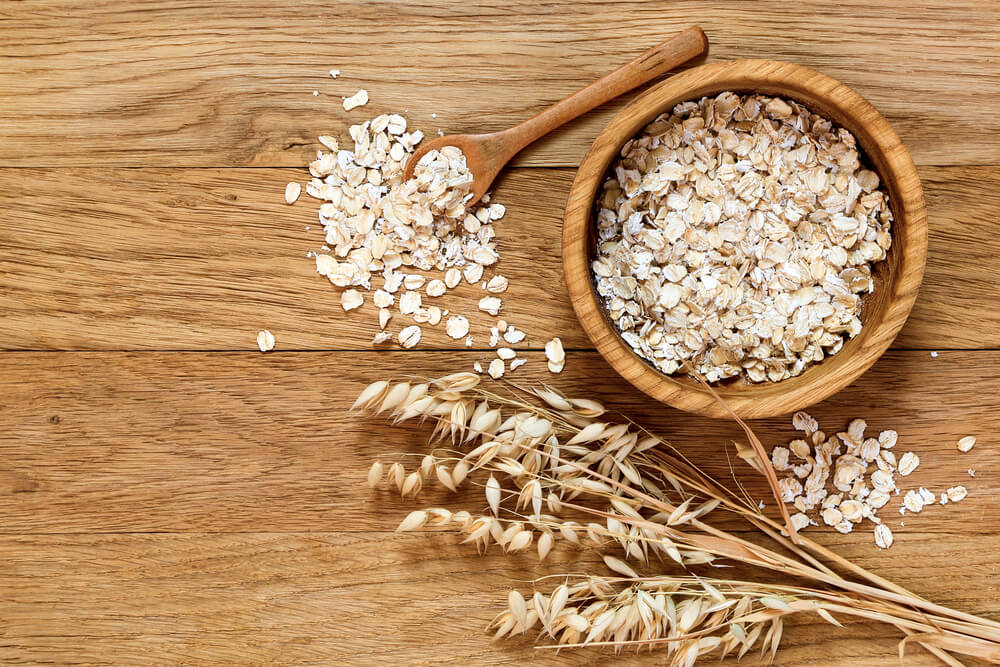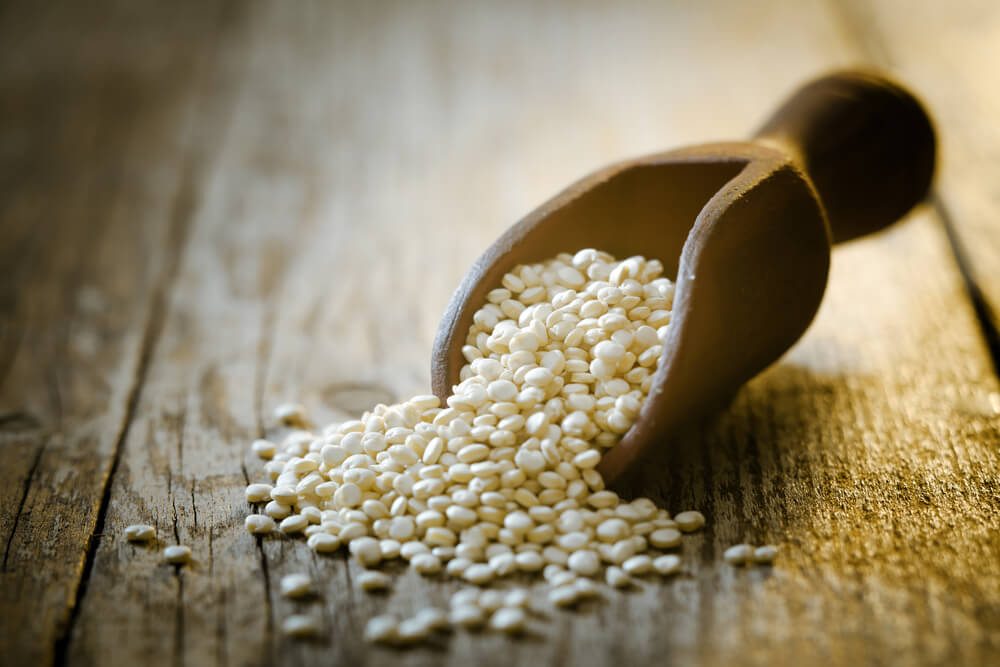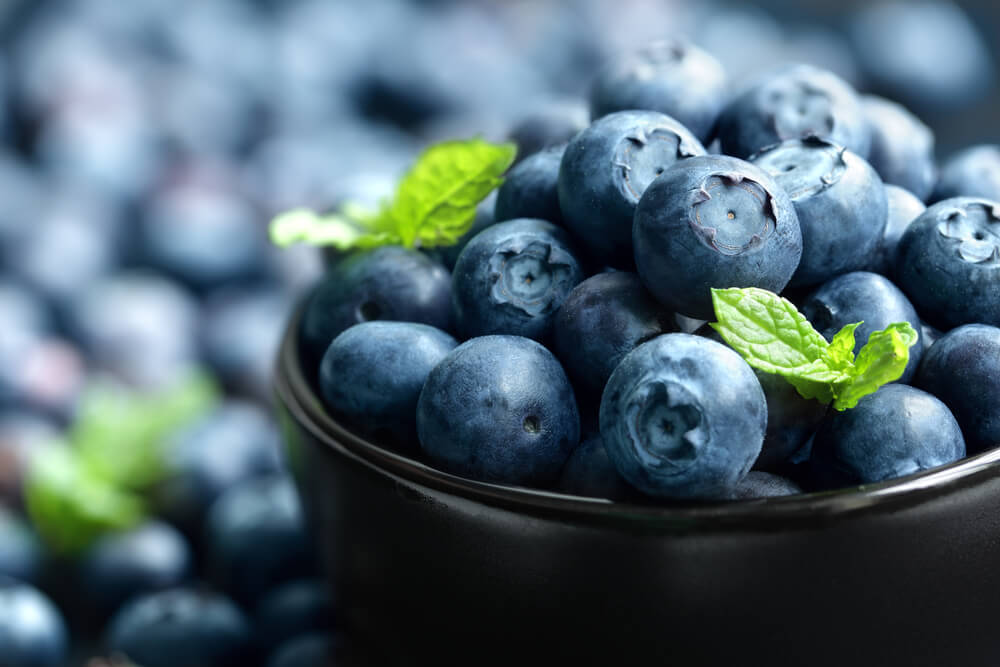
Let’s get past the same old and showcase the best of the best for 2016. These are the diet foods everyone will be talking about and enjoying!
It’s a new year. And, with a new year comes new resolutions. Most want instant improvements. But you have to be sensible. You have to make changes. At the top of your list should be eating healthy. There’s no better time to get started on your healthy diet foods. Check out this list for the top 10 foods you need to start eating for better health and improved fitness.

#1 Avocados
Cherished for its uniquely creamy texture, the avocado is in fact a large berry with a seed at its center. Avocados are chock-full of heart-healthy monounsaturated fats. These fats help reduce inflammation and speed recovery.
Eating avocados is a step in the right direction of embracing foods high in healthy fats. It’s also a good step in discarding the trendy notion that only low-fat foods are optimal for good nutrition. In fact, eating avocados regularly can help to lower bad cholesterol, raise good cholesterol and lower overall triglyceride levels. The fat content also makes your body more capable of absorbing other nutrients in food. By adding it to your salad, for example, you can boost absorption of fat-soluble vitamins A, D, E and K by up to 15 times.
No wonder it’s a superfood!
Avocados are also high in antioxidants. Of course, this makes them cancer-fighting powerhouses thanks to their destruction of free radicals. These green beauties can be whipped up into a smoothie, tossed into a salad or eaten on their own with a little sea salt. Bonus: They taste great!

#2 Oats
Oats often get a bad rap.
Why?
Thanks to their association with the bland, watery porridge that many recall from their childhood. But it doesn’t have to be that way! Oats are a delicious source of clean energy and help to keep you feeling fuller, longer.
According to a Journal of Nutrition study, oats are a type of slow-releasing carb that assists in burning more fat during exercise. This is because slow-releasing carbs, as opposed to refined carbs such as pasta or white bread, do not cause as large of an insulin spike. That insulin spike causes your body to reserve more fat.
In fact, studies show that eating oats three hours before beginning your workout routine can help burn significantly more fat. That’s why it is a favored breakfast food among pro athletes. In addition to providing long-lasting energy, oats contain beta-glucan, proven to help lower cholesterol levels and reduce the risk of heart attack.
Sounds like a winner!

#3 Quinoa
Considered a sacred mother seed by the Incans, quinoa is often referred to as an ancient grain. It is catching on as a popular food staple beyond the health-conscious crowd. A gluten-free grain option, it has a low glycemic index and is considered a complex carb.
It is also one of the most protein-rich plant foods, with all nine essential amino acids. The combo of high protein content and slow-burning complex carbs makes quinoa an ideal fitness food. A cup of quinoa boasts the same protein content as a cup of milk (8 grams), yet also has 5.2 grams of fiber. It is packed with essential minerals such as iron, calcium, zinc, B vitamins and magnesium. Modern diets are particularly lacking in iron, potassium, zinc and magnesium, and quinoa contains all four of these important minerals.
Quinoa can be prepared as a breakfast porridge to be eaten with fruit and nuts. It can also be added to salads or soups for a savory and nutritious meal. But, it is important to soak or sprout your quinoa before cooking.
Why?
It helps to reduce the grain’s phytic acid content and to allow for better absorption of its minerals. Add this to your menu today!

#4 Kefir
Kefir is a cultured dairy product. It has a similar taste and consistency to yogurt, except it is generally a bit thinner. A great source of Bifidobacterium bifidum and Lactobacillus acidophilus, kefir is an even richer source of the essential probiotics than what is found in yogurt.
It is especially powerful in boosting your immunity. With 75% of the immune system being located in the digestive tract, a healthy balance of intestinal bacteria is what keeps us feeling good. Having the right balance of bacteria in your gut is also conducive to proper nutrient absorption, and thereby optimal overall health.
According to the Journal of Dairy Science, fermented food consumption is linked with cancer prevention. Kefir is even safe for those with lactose intolerance issues. Why? It is relatively low in the milk sugar lactose. For vegans or those on a non-dairy diet, coconut kefir is a delicious and healthy alternative. It’s truly a great choice for all.

#5 Lentils
Love beans but want to try something different?
Lentils are a powerhouse of protein and fiber. That’s not to mention it is a versatile ingredient in the kitchen. One cup of boiled lentils has 15.6 grams of dietary fiber. That high amount of fiber is almost half of the advised daily intake for men and over half of that for women. The fiber content of lentils helps to control your blood sugar while keeping you feeling fuller longer. This ability to regulate blood sugar is an essential factor in any weight loss program by controlling cravings and maintaining a feeling of satiety.
Lentils are also high in pantothenic acid and folate. These two B-vitamins are needed for hormone synthesis and proper brain functioning. Iron-rich lentils are particularly ideal for women.
Why?
Women are more likely to be deficient in the essential mineral than are men. Unlike other iron-rich sources such as red meat, lentils are low in fat and calories.
According to stats, less than 10% of Americans include any type of legume in their daily diet. It’s about time that changed! Enjoy lentils in soups, seasoned with Middle Eastern spices or as a cold salad. They’ll help you enjoy optimal health.

#6 Blueberries
These mighty little berries have one of the highest antioxidant capacities of any fruit or veggie. They are also a great source of fiber, copper and manganese, as well as vitamins C and K.
Blueberries have a wide host of phytonutrients, also known as phytochemicals, such as anthocyanins. Anthocyanins are the antioxidant pigments that give blueberries – as well as other colorful fruits and veggies of the red, blue and purple variety – their deep blue coloring. Because of their capacity for lessening inflammation, new studies have shown that the antioxidants found in blueberries can be particularly beneficial for athletes who experience extreme muscle taxation.
Eating blueberries can even be effective for blasting stubborn abs fat! A study by the University of Michigan Cardiovascular Center suggests that the phytochemicals in blueberries can be responsible for lowering the risk of metabolic syndrome and even cardiovascular disease. High blueberry consumption was also linked to a positive effect on fat burning and storage genes. Blueberries can be easily enjoyed by themselves, in smoothies, or sprinkled on top of yogurt and granola for a quick and nutritious breakfast.

#7 Cauliflower
Move over, kale. Step down, broccoli. Why? There’s a new cruciferous king in town. Cauliflower is recently gaining attention for being just as, if not more, nutritious than its green-headed cousins. When it comes to veggies and building muscle, the rule of thumb is generally that the darker green it is, the better it is for you. Cauliflower is an exception, coming in colors ranging from milky white to pale yellow to light green.
It has just as many, if not more, antioxidants than its green cousins. Not only is it very high in folate and vitamin C (more than oranges), it is also full of cancer-fighting compounds such as sulforaphane and allicin. Sulforaphane has been shown to slow tumor growth by killing cancer stem cells.
Cauliflower also has wondrous detoxifying powers. Thiocyanates and glucosinolates (also found in Brussels sprouts, broccoli and kale) help the liver to fight cancer by detoxifying potentially threatening substances. To take full advantage of the detoxifying powers found in cauliflower, prepare a raw salad using the white veggie. Chewing raw cauliflower helps to break glucosinolates down into their active form, speeding up the detoxification process.

#8 Salmon
Oily fish such as salmon are great sources of omega-3 fatty acids.
Why is that important?
It helps to reduce the risk of heart disease, as well as enhance athletic performance by reducing inflammation.
A particular type of omega-3, known as docosahexaenoic acid or DHA, is found in ample amounts in salmon, and is related to improving cognitive function. Because of this, regularly eating salmon can help you to think quicker, reduce your chances of depression and regulate your mood. The omega-3s found in salmon also contribute to skin, hair and nail health and to maintain circulatory health by reducing bad cholesterol.
Salmon is also a choice food especially for athletes because of its density of high-quality lean protein. Its lean protein provides a steady source of energy that can be burned off and used by your body throughout the day. The protein found within this seafood superfood additionally helps to rebuild muscles and repair connective tissue, helping you to get the lean, ripped physique you crave. For optimal nutrition, seek out wild salmon whenever possible. You’ll be glad you did!

#9 Sweet Potatoes
Sweet potatoes are normally thought of by most Americans as being something that’s eaten only around Thanksgiving, buried under a mountain of marshmallows. These people are missing out.
Why?
They are one of the healthiest veggies you’ll find! They boast a very high vitamin and mineral content as well as a sweet, pleasing taste and texture.
They are a particularly great source of magnesium, the “relaxation” mineral that is vital to blood, bone and muscle health. It is believed that up to 80% of North Americans are deficient in this crucial mineral. Sweet potatoes are also high in manganese and copper. These are two minerals essential to healthy muscle functions that athletes are often deficient in. You might also wonder what is better sweet potatoes or regular potatoes.
The low glycemic index of sweet potatoes makes them an ideal food for those seeking sources of slow-burning energy. The carbs found within them are digested slowly and are thus absorbed gradually by the GI tract. That means you’ll get long-lasting energy.
Who wouldn’t want that?
Sweet potatoes are also a great source of iron, a vital mineral for oxygen transport to muscles when working out. Enjoy sweet potatoes soups, casseroles and even smoothies to combat fatigue during exercise.

#10 Chia Seeds
Chia seeds are one of the world’s densest plant-based sources of omega-3 fatty acids and a great source of dietary fiber. An edible seed coming from the desert plant Salvia hispanica, chia seeds have been revered for thousands of years as mini energy boosters.
Unlike flax seeds, chia seeds are easily digested by the body, and can be eaten raw or soaked in water or other liquids to create a gel. Because of their ability to trap water (they can hold up to nine times their weight in liquid), eating chia seeds can help you to feel hydrated for a longer period of time.
The benefits of omega-3s found in chia seeds are known to reduce high cholesterol, combat heart disease, reduce inflammation and boost cognitive performance. The fiber found in only two tablespoons of chia seeds constitutes one-third of the recommended daily intake. It can help to regulate bowel movements, reduce cholesterol and reduce stubborn belly fat. Chia seeds are also a great source of iron, magnesium, phosphorus and potassium.
Conclusion
Your workouts might be flawless, but that’s only part of the fitness equation. You need to commit to a healthier diet.
Why?
Good fitness starts in the kitchen! Make sure yours is full of these healthy food choices. By consuming these 10 smart, whole foods regularly you can expect to shed pounds and build muscle, forming a new you for the New Year.
By Lillian Dumont
Latest posts by Terry M (see all)
- Garage Gyms - Aug 1, 2018
- Kettlebells – Why They Should Be Added To Your Routine. - Jul 24, 2018
- Weight Belts: What Are They Really For? - May 31, 2018











EECP Treatment
EECP Treatment pumps blood from the legs upward to the heart, while the heart is at total rest. It improves Blood Circulation throughout the body and helps encourage Angiogenesis.